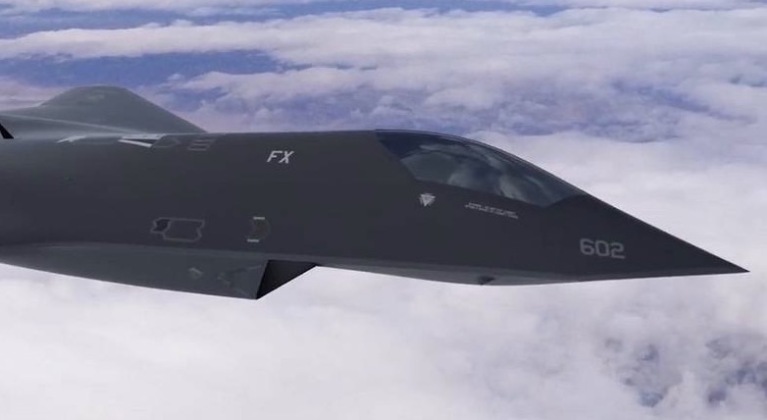Following deep cuts to numbers in the aftermath of the Cold War, and continuing during the War on Terror and following the 2008 financial crisis, the United States Air Force’s goal of recovering some of its former strength and rebuilding its fleet to 386 squadrons of aircraft has been abandoned. Long criticised as unrealistic, particularly as post-Cold War fighter aircraft have consistently failed to meet targets for operational costs and have as a result been far more expensive over their lifetimes, it is expected that rather than an expansion the number of manned combat aircraft units could instead decline considerably particularly as economic crisis in the U.S. from 2020 has made further increases to the Pentagon budget unfeasible. Speaking on May 2 at the Brookings Institution, Air Force Secretary Frank Kendall signalled an end to the 386 squadron target and stressed that he believed the quality rather than the number of units was most significant. “I’m not focused on counting endstrength or squadrons or airplanes,” he said, but instead on “the capability to carry out the operations we might have to support [toward] … defeating aggression. If you can’t … deter or defeat the initial act of aggression, then you’re in a situation like we’re seeing in Ukraine: a protracted conflict.” While a larger force was aimed at fighting a prolonged conflict, the U.S. Air Force “really needs, first and foremost, to deter that act of aggression, and if necessary, defeat it, and so I am more focused on that than I am on quantity right now,” he emphasized.

Kendall’s statement follows the announcement that the Air Force’s first and likely its only sixth generation fighter will cost “hundreds of millions” of dollars, making it the most expensive fighter in world history by a considerable margin and several times as costly as the F-35A and F-15EX currently on order which currently cost well under $100 million each. The extreme cost of the new fighter, particularly if its operational expenses are proportionally high, could force the Air Force to downsize by several squadrons for each squadron’s worth of the new jets that it acquires. It also follows reports that the Air Force will make deep cuts to the number of F-15EX fighters on order, with the program likely terminating at close to 100 fighters, leaving the F-15C fighters they were initially intended to replace to retire from service without manned replacements. The result will be several less manned fighter units in service. This was preceded by confirmation in March that the number of F-35s on order in 2022 had been cut by 35 percent compared to the previous year, where previously numbers on order had steadily increased, after the Air Force had increasingly indicated that it intended to acquire several hundred less of the new fighters than originally intended. The unexpectedly high operational cost of the F-35, and very harsh criticisms of the fighter from both civilian and Pentagon officials, are thought to have contributed to this and will likely result in further reductions to the manned combat fleet. With the troubled older F-22 stealth fighter also facing a very early retirement the result is that, excluding unmanned drone squadrons, the fighting strength of the U.S. Air Force not only will not expand to met the goal of 386 squadrons, but it will instead likely contract significantly as more fighter units are retired without replacement.
